
As expected, Apple’s foldable screen phone has once again been delayed.
According to the media The Information, Apple is testing a vertically foldable smartphone product, but because the screen panel has never reached the "ideal state," The production plan will continue to be postponed. Earlier news revealed that the foldable iPhone may be unveiled at the autumn conference in 2025 at the earliest.
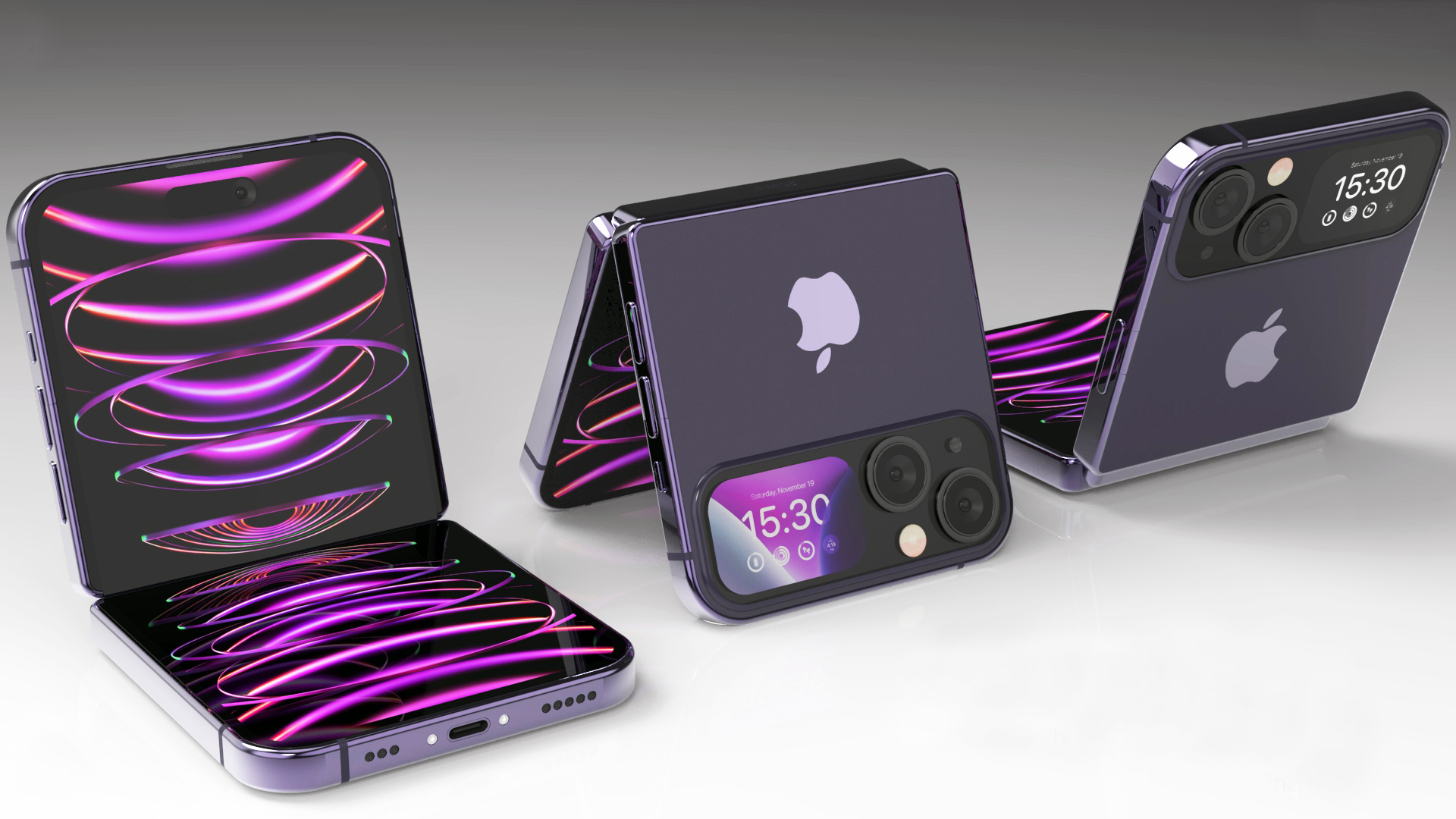
(Photo source: 9to5Mac)
In this round of testing , Apple’s internal team chose a panel provided by Samsung Display, but the test prototype suffered varying degrees of damage after only a few days. If the latest panels from Apple suppliers fail to survive rigorous internal testing, this may mean that it will be difficult for us to see the arrival of foldable iPhones for at least the next two or three years.
In fact, since Samsung and Huawei successively launched folding screen mobile phones in 2019, this segment has gradually grown, and there are only a dozen companies left in the market. Among mainstream mobile phone manufacturers, there are very few brands that have not launched folding screen mobile phones, and Apple is one of them. Regarding the development of the subcategory of folding screen mobile phones, Lei Technology has made an in-depth analysis in the article "Folding screen mobile phones in 2023: The trend has been set, but the outbreak still requires a miracle". You can click on the article to communicate.
Perhaps for Apple, the current profit performance of the iPhone is acceptable, and the market share of foldable screen mobile phones has not yet reached a point where it can truly be compared with candy bar phones. There is indeed no need. Too eager to launch foldable screen iPhone.
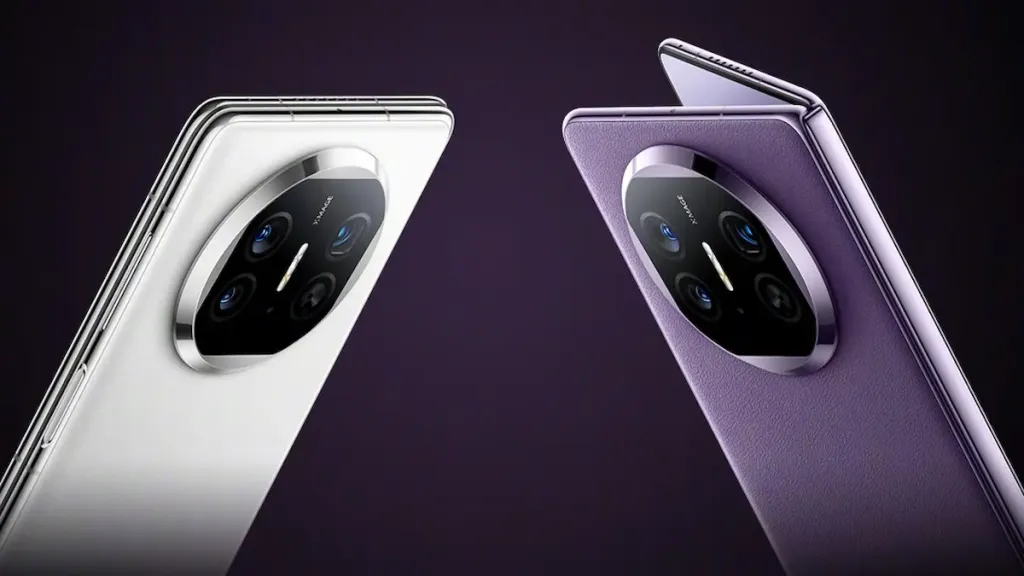
(Source: Huawei official website)
However, if you It is not difficult to find out if you pay attention to the mobile phone market trends in 2023. The reason why Apple can take the first place in the world is that its strongest competitor Huawei is in trouble, and the second is that it has a certain relationship with its marketing methods. In other words, consumers’ purchase of iPhone has little to do with its product innovation or technological leadership.
Apple, which is standing on a fork in the road, must make a choice whether to launch a folding screen iPhone or continue to compete with competing products on candy bar phones.
#In 2011, Samsung launched an attack on the iPhone with the Galaxy Note, a 5.3-inch "giant screen phone", which was different from the compact body commonly seen in the market. , Galaxy Note achieved sales of nearly 10 million during the pre-sale period. After three years, Apple finally responded with the iPhone 6 Plus.

(Photo source: Engadget)
Bigger The large-sized iPhone has allowed Apple to win the favor of more consumers in the smartphone market. After the launch of large-sized models such as "Plus" and "Pro Max", they have almost become the highest-selling models of the same generation, even if their The pricing is much higher than the basic model.
Therefore, Apple must also be paying attention to the changes in market trends. Folding screen mobile phones are just like the large-screen trend ten years ago, which is coming with a fierce momentum. But there are also quite a few differences between the two, which are mainly reflected in the core technology.
#There are two most critical parts of a folding screen phone, the display panel and the hinge. There have always been three display panel suppliers for the iPhone, namely Samsung, LG and BOE. Among them, Samsung and BOE have been used by more folding screen phones in the Android camp, and the display effect is also hugely different from that of candybar phones. However, for a new model that is different from the regular iPhone, Apple must hope that the foldable iPhone will have more perfect display quality, but currently, it is still difficult to achieve.

(Source: vivo)
The other part is the hinge , which involves many issues such as screen creases, opening and closing angles, and service life. Currently, Google Pixel Fold and Samsung Galaxy Fold have chosen high-friction hinge designs. This solution has greater advantages in supporting hovering angles. The disadvantage is that the creases are too obvious; manufacturers such as OPPO and Huawei are keen on water-drop-shaped hinges. In comparison, they have lighter creases and a silkier feel.
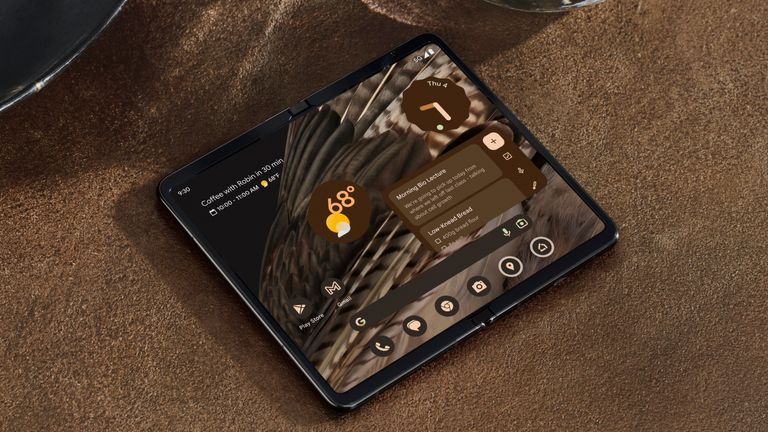
Of course, Apple also has a natural advantage in building a foldable screen iPhone—software. There has always been a difficulty with foldable screen phones in the Android camp, which is the degree of adaptation of applications to the 4:3 interface. However, after Apple’s years of hard work on iPadOS, there are already a large number of apps that support UI adaptation, and the operation logic can also be automatically It is compatible with iPad and there is no additional learning cost for Apple users.
In any case, folding screen mobile phones still have many shortcomings. This is a problem that neither Apple nor the powerful supply chain behind it can solve. In these Until the problem is solved, the foldable iPhone will not be available to us.
Apple’s ability to insist on using candybar phones to stabilize the high-end market amid the trend of foldable screen phones comes from market feedback.
In the 2023 global smartphone market report released by market research organization IDC, Apple became the world’s No. 1 company with shipments of 229 million units and a market share of 20.9%. one. In fact, when the iPhone 15 series was launched last year, Apple received enough negative reviews, such as the lack of innovation in design, the performance of the A17 Pro, and the poor quality of titanium alloy.
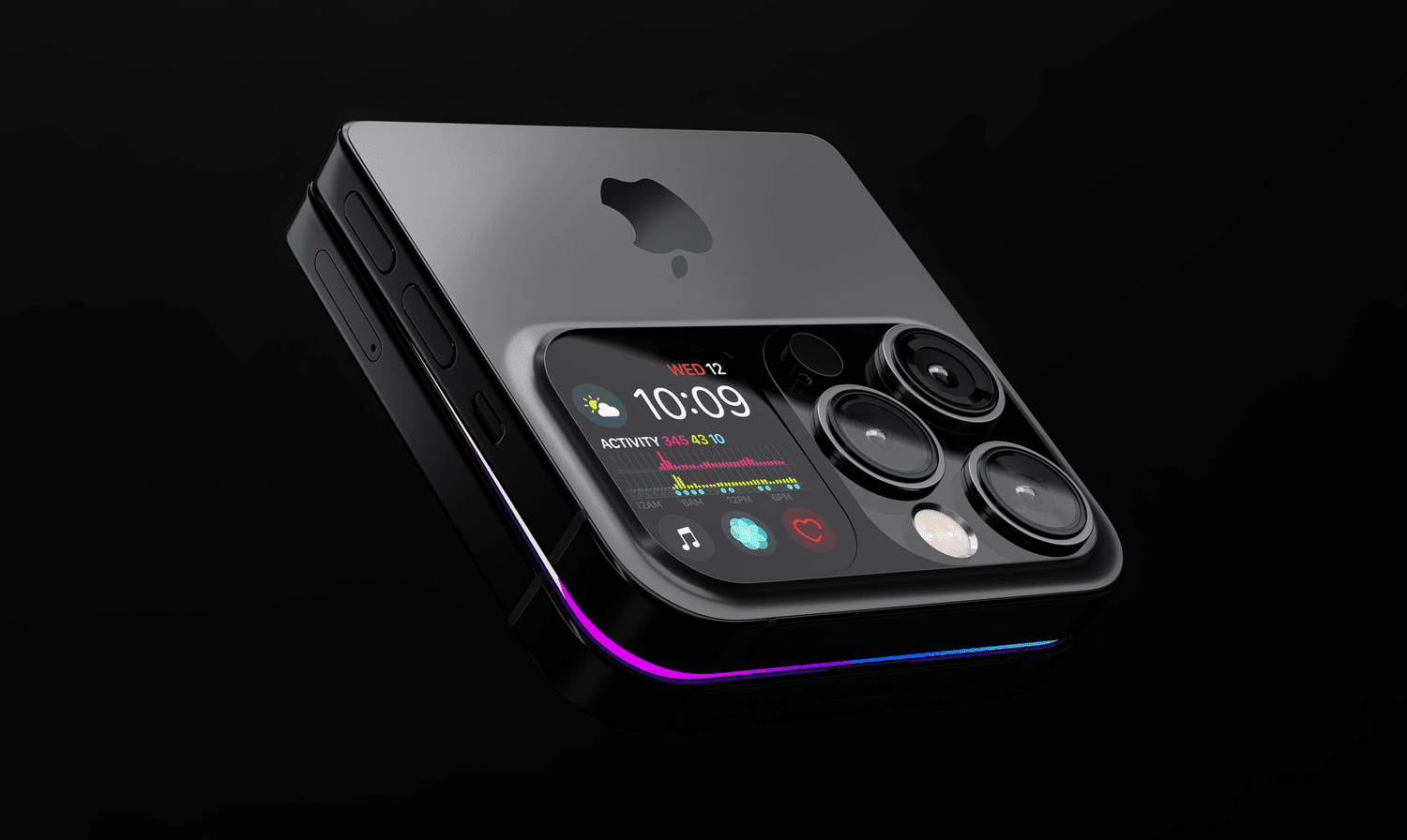
(Photo source: 9to5Mac)
But Apple only has one The "combination punch" successfully made consumers decide to upgrade to new phones. For example, Apple has raised the trade-in price in mainland China, making recyclable old iPhones more valuable. Another example is that Apple has provided more interest-free installment services around the world to help consumers purchase more cost-effective plans. New iPhone.
#Using preferential strategies to defend the market is only the last resort for a technology company.
In the global market, Apple and Samsung are both regulars on the smartphone best-selling list, but Samsung’s list is often for mid- to low-end phones, while Apple’s are contemporary flagships. iPhone, this makes it difficult for Samsung to compete with Apple at the high-end level of over US$500. But starting in 2022, thanks to the Galaxy Fold series beginning to be recognized by the market, its sales have also risen sharply. According to Lu Taiwen, president of Samsung Electronics' mobile department, Samsung's folding screen mobile phones have reached 20 million sales and are expected to break through in 2023 30 million units.

(Source: Samsung)
China Market The situation is roughly the same. Folding screen mobile phones from Huawei, Honor, OPPO and other brands have achieved good results. Among them, Huawei Mate X5 equipped with Hongmeng system has achieved shipments of 6 million units in 2023, with a market share exceeding 50%. For most mobile phone brands, folding screen mobile phones are also an excellent opportunity for them to move to the high-end level.
The folding screen mobile phone market will continue to grow in the future. Many market research institutions have predicted that by 2027, the number of folding screen mobile phones will exceed 100 million. Volume and market share are expected to exceed 40%. By then, the “fight” between various models in the high-end market may evolve into competition among folding screen phones.
Apple, which does not have a foldable screen phone, may not be qualified to participate in this battle at all.
In Apple’s fourth quarter financial report for fiscal year 2023, iPhone-related business revenue reached US$43.805 billion, accounting for half of the total revenue, while The total revenue of hardware businesses such as Mac, iPad and wearable devices is less than 1/2 of the iPhone.
#The iPhone has become Apple’s most profitable “backbone” business.
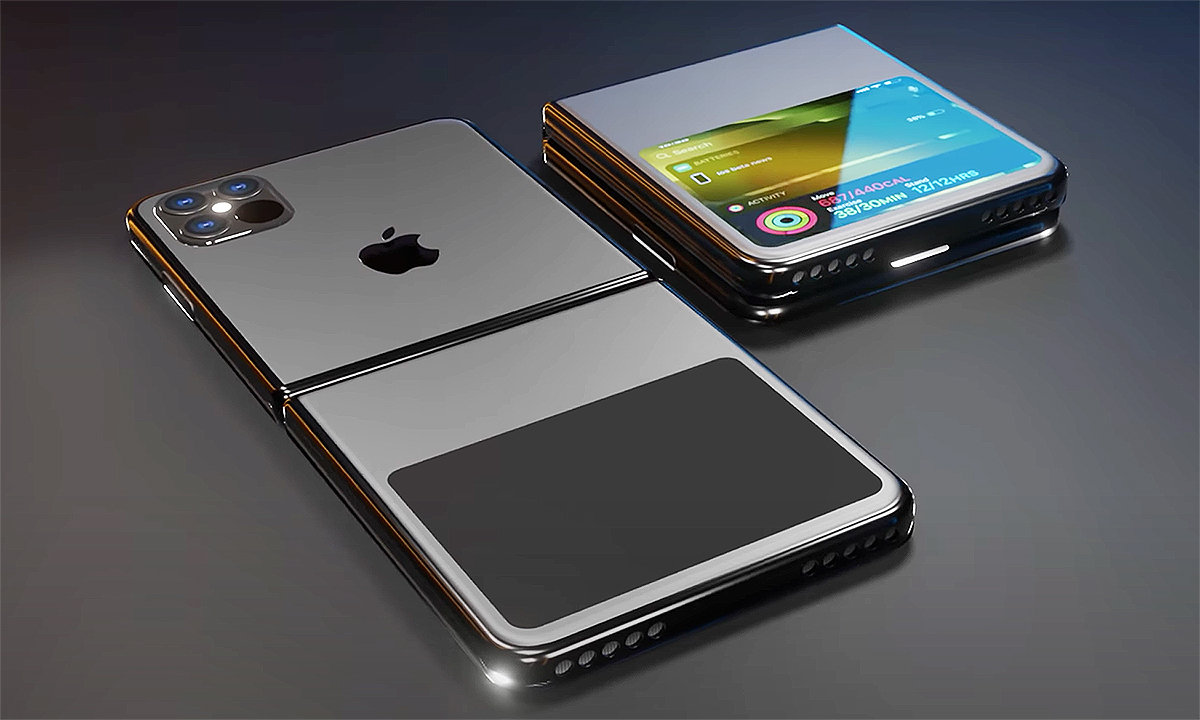
(Photo source: 9to5Mac)
But from the market point of view , since the iPhone 12 series, Apple’s mobile phone business has been unable to bring more freshness to consumers. Especially after the debut of the iPhone 15 series, the iPhone 15 Pro and iPhone 15 Pro Max, which have increasingly focused on professional creation, have interacted with users The "sense of technology" and "sense of freshness" that we crave are far from it.
Apple also has other ideas, such as Vision Pro. Cook believes that spatial computing devices will be able to replace the iPhone in the future. But Vision Pro is immature. Whether it is hardware, software, or wearing experience, it is not good. Most of the "pioneers" who rushed to launch have also chosen to respond to Cook's enthusiasm by returning goods.
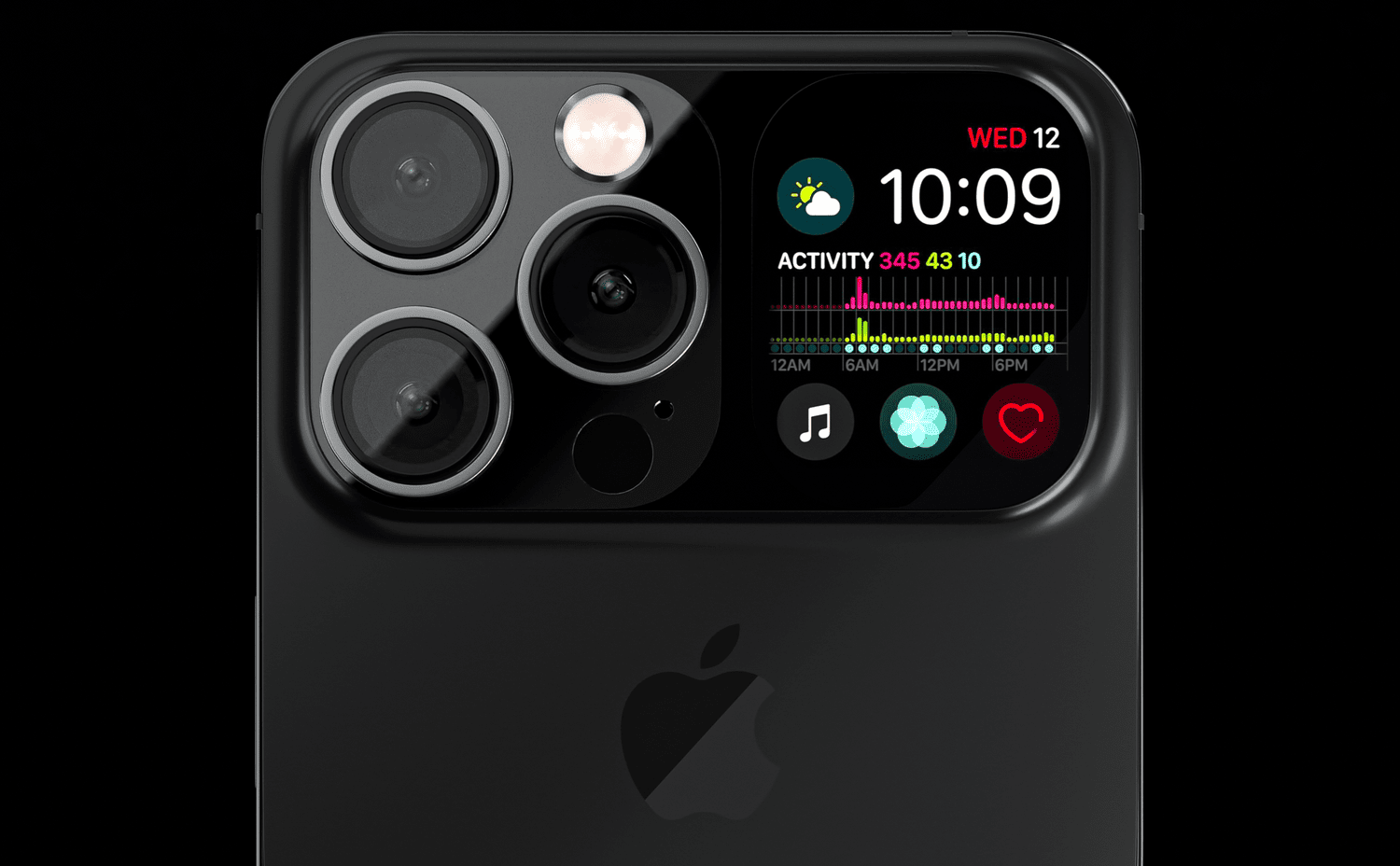
(Photo source: 9to5Mac)
February On the 19th, Vision Pro has been on sale in the United States for many days. Apple has added Vision Pro promotion in a prominent position in the Apple Store.
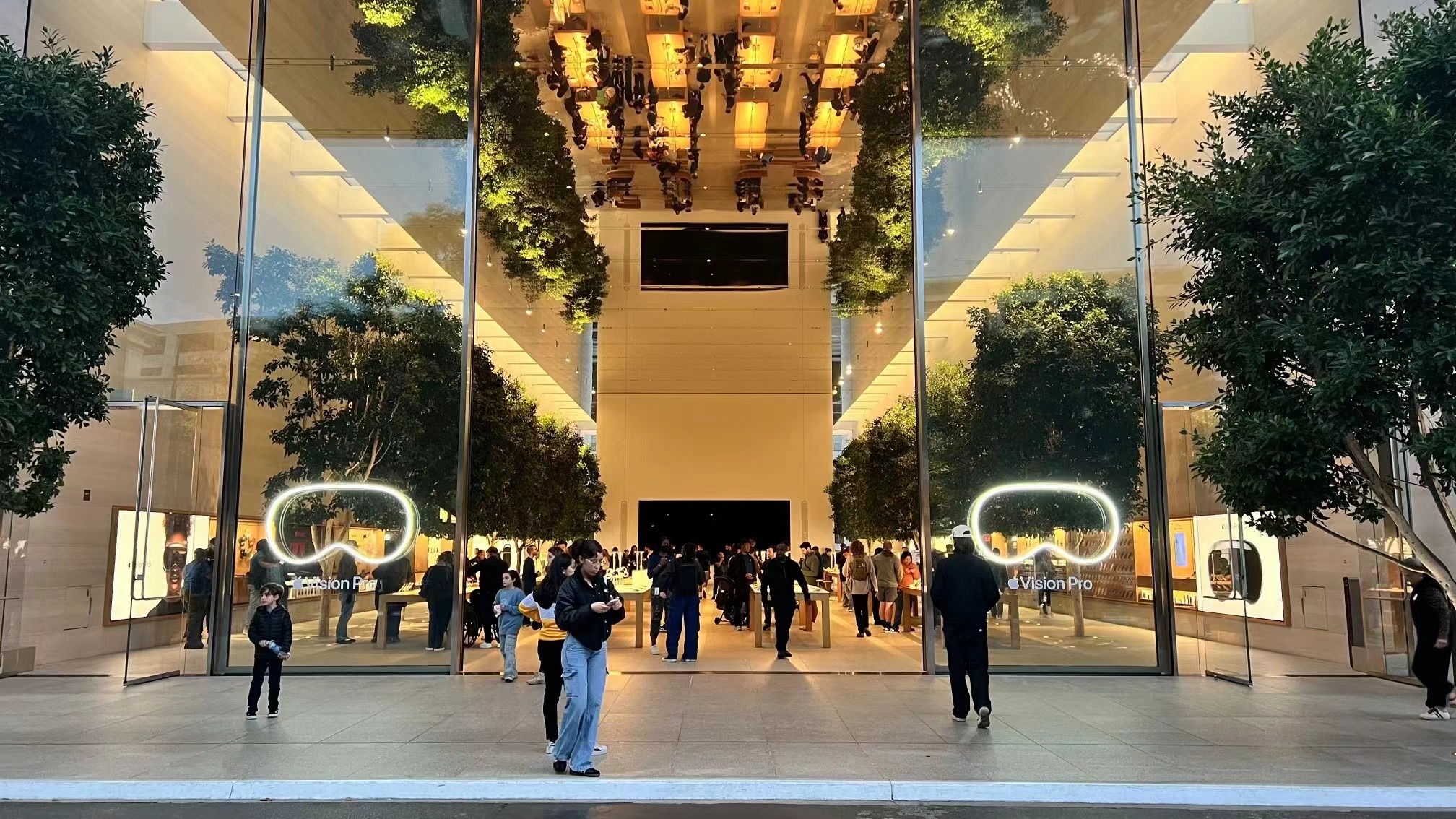
(Photo source: Xiaolei’s Moments)
However, some netizens discovered in a store in Los Angeles that users can get started immediately Most people who have tried the Vision Pro have no interest in it. “There are as many people who have tried the Vision Pro as they have looked at the iPad mini,” let alone buying it.
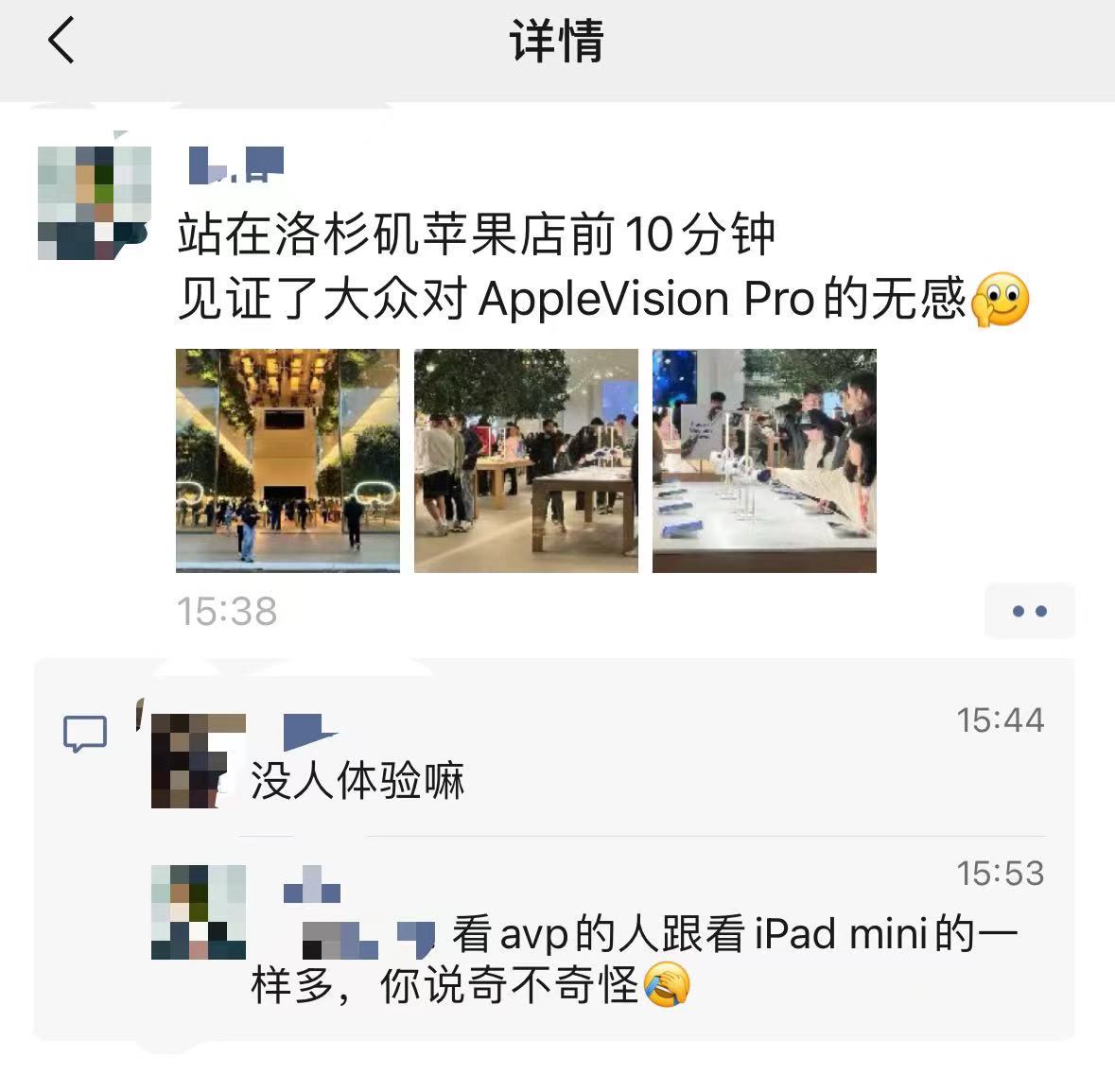
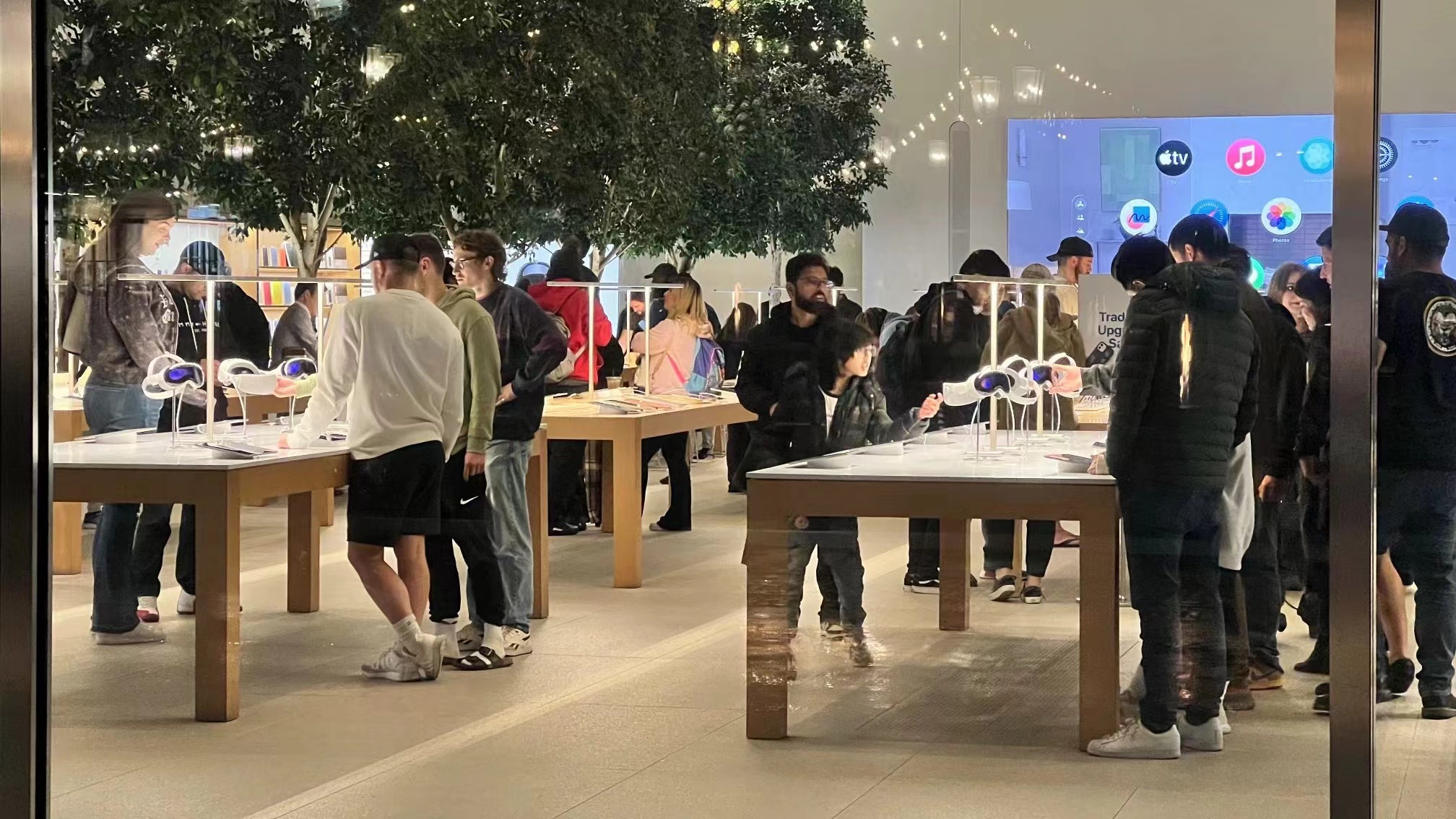
The above is the detailed content of Folding screen iPhone is difficult to produce, Vision Pro is cold, does Apple no longer have a bright future?. For more information, please follow other related articles on the PHP Chinese website!
 What does Apple LTE network mean?
What does Apple LTE network mean?
 The role of Apple's Do Not Disturb mode
The role of Apple's Do Not Disturb mode
 How to solve the problem that Apple cannot download more than 200 files
How to solve the problem that Apple cannot download more than 200 files
 What are the benefits of java factory pattern
What are the benefits of java factory pattern
 vlookup matches two columns of data
vlookup matches two columns of data
 How to post text in WeChat Moments
How to post text in WeChat Moments
 What are the reasons why a mobile phone has an empty number?
What are the reasons why a mobile phone has an empty number?
 Basic usage of insert statement
Basic usage of insert statement




